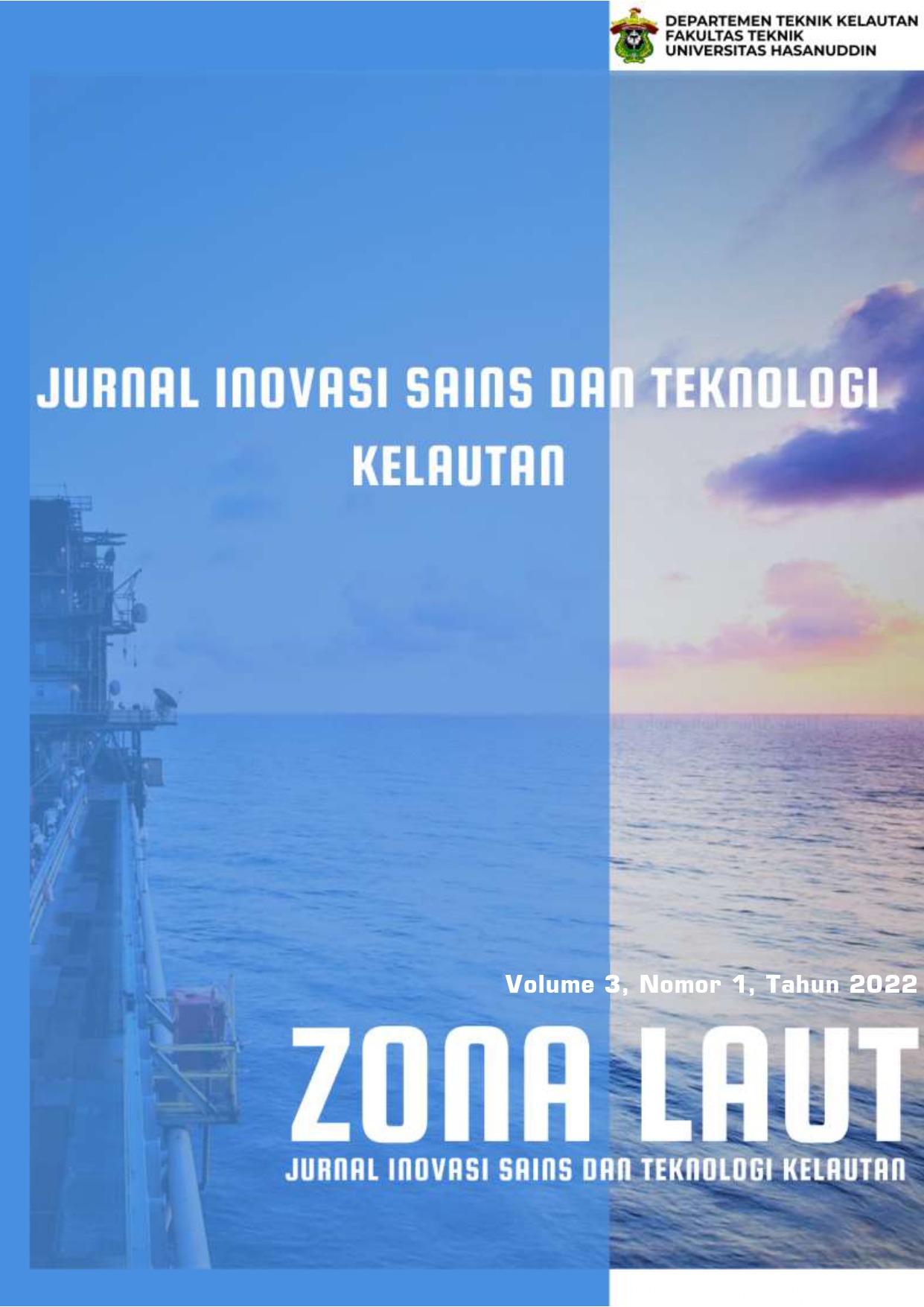Studying the Relationship Between El Nino-Southern Oscillation (Enso) and Madden-Julian Oscillation (Mjo) in Aceh Province
DOI:
https://doi.org/10.62012/zl.v3i1.20525Keywords:
ENSO, MJO, AceAbstract
El Nino–Southern Oscillation (ENSO) is a symptom of deviation in the surface temperature of the Pacific Ocean on the west coast of Ecuador and Peru which is higher than the normal average which is characterized by an increase in sea surface temperature in the Central and Eastern equatorial regions. ENSO climate variability consists of three phenomena, namely normal events, El Nino and La Nina. The development of the El-Nino Southern Oscillation (ENSO) event demonstrates an important role for the Madden-Julian Oscillation (MJO). This phenomenon is suspected to have a relationship and is closely related to the decrease and increase in the intensity of rainfall in Indonesia. This study was conducted with the aim of analyzing the relationship between the ENSO and MJO phenomena and their impacts in Aceh Province, through empirical methods with statistical calculations, based on ENSO variables in the form of the Nino 3.4 index, amplitude variables representing the MJO and rainfall data in Aceh Province. The data for these two variables were obtained from NOAA and BoM, while the rainfall data was obtained from NASA. The data period analyzed is 10 years, from 2010 to 2019. The two data will be filtered and analyzed for correlation using a simple linear regression method. From this study it was found that basically ENSO does have a relationship with the MJO and has a relationship with increasing and decreasing rainfall intensity in Aceh Province. However, the correlation is at a weak to moderate level, and the impact is not as strong in the Central and Eastern regions of Indonesia. This strengthens the hypothesis of the weak influence of ENSO in Aceh Province; where the strengthening of the MJO is more about its synergy with the IOD or Indian Ocean Dipole, especially on the positive value (P-IOD).Downloads
References
As-syakur,A.R. 2010. Pola Spasial Pengaruh Kejadian La Nina Terhadap Curah Hujan di Indonesia Tahun 1998/1999; Observasi Menggunakan Data TRMM Multisatellite Precipitation Analysis (TMPA) 3B43. Prosiding Pertemuan Ilmiah Tahunan (PIT) XVII dan Kongres V Masyarakat Penginderaan Jauh Indonesia (MAPIN). 9Agustus 2010, Institut Pertanian Bogor (IPB). Bogor-Indonesia. pp. 230-234
Bayong, T. 1999. Klimatologi Umum. Penerbit ITB. Bandung.
Evana, L., S. Effendy, dan E. Hermawan. 2008. Pengembangan Model Prediksi Madden Julian Oscillation (MJO) Berbasis Pada Hasil Analisis Data Real Time Mutivariate. MJO (RMM1 dan RMM2). JurnalAgromet 22(2): 144-159.
Gottschalck, J., V. Kousky, W. Higgins, & M. L’Heureux. 2005. Summary of Madden Julian Oscillation. NOAA/NWS/NCEP Climate Prediction Center. USA : 1-20.
Hermawan, E. 2002. Perbandingan Antara Radar Atmosfer Khatulistiwa dengan Middle and Upper Atmosphere Radar dalam Pemantauan Angin Zonal dan Angin Meridional. Warta LAPAN. 4 (1): 8-16.
Madden, R. A., & P. Julian. 1971. Detection of a 40-50 day oscillation in the zonal wind in the tropical Pacific. J Atmos Sci, 28, 702-708
Sugiyono. 2007. Statistika Untuk Penelitian. Alfabeta :Cetakan Kesebelas Mei 2007. Bandung.
Sugiyono. 2008. Statistika Untuk Penelitian. Alfabeta. Bandung.
Wu, C.H., & H.H., Hsu. 2009. Topographic influence on the MJO in the maritime continent. J., Climate, 22:5433-5448.
Downloads
Published
How to Cite
Issue
Section
License
Copyright (c) 2022 Yasir Baeda, Ariska Ariska, Hasdinar Umar

This work is licensed under a Creative Commons Attribution 4.0 International License.
Allow anyone to modify, improve, and make derivative works, even for commercial purposes, as long as they credit to you for the original work.





























